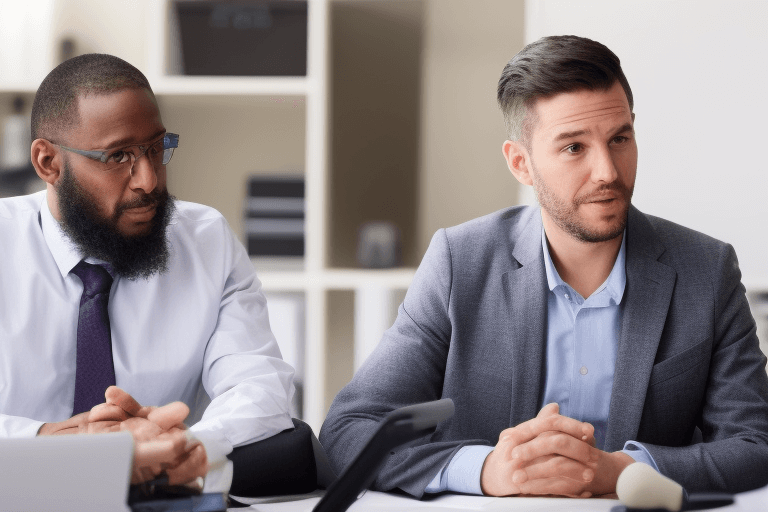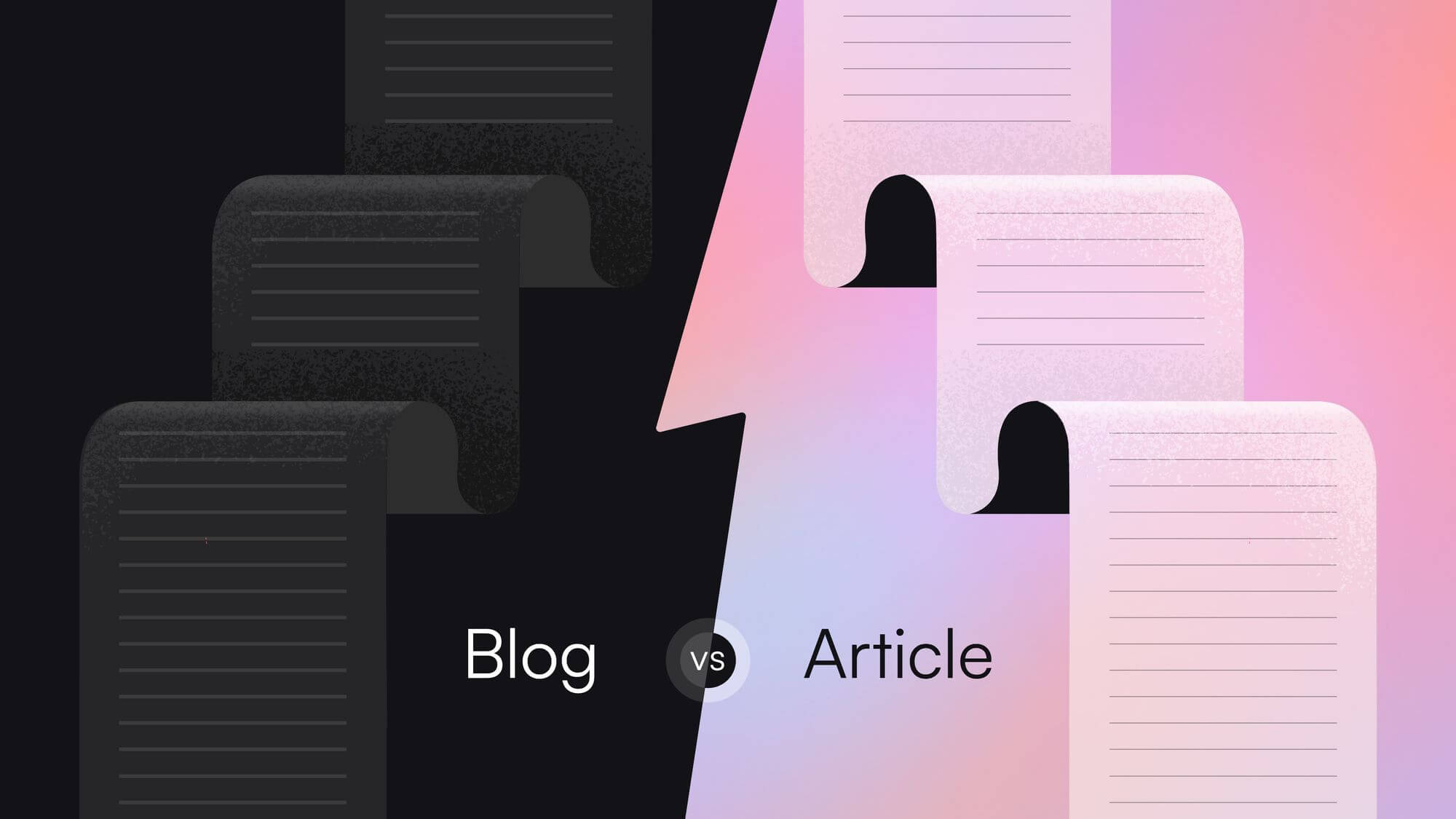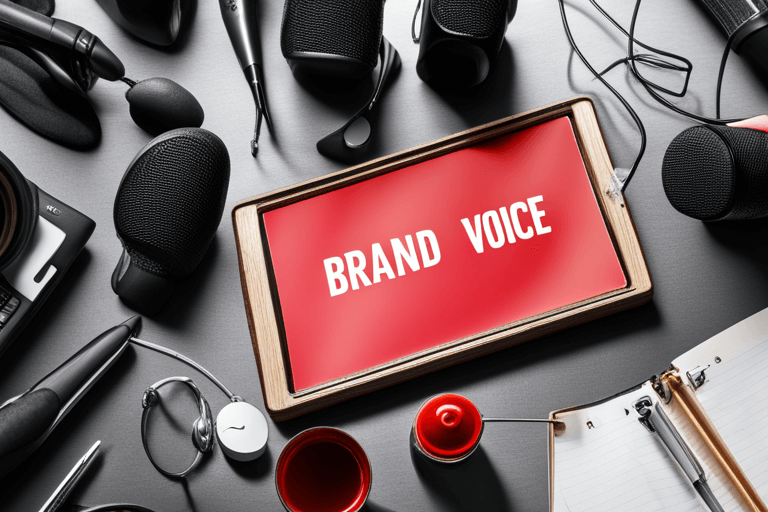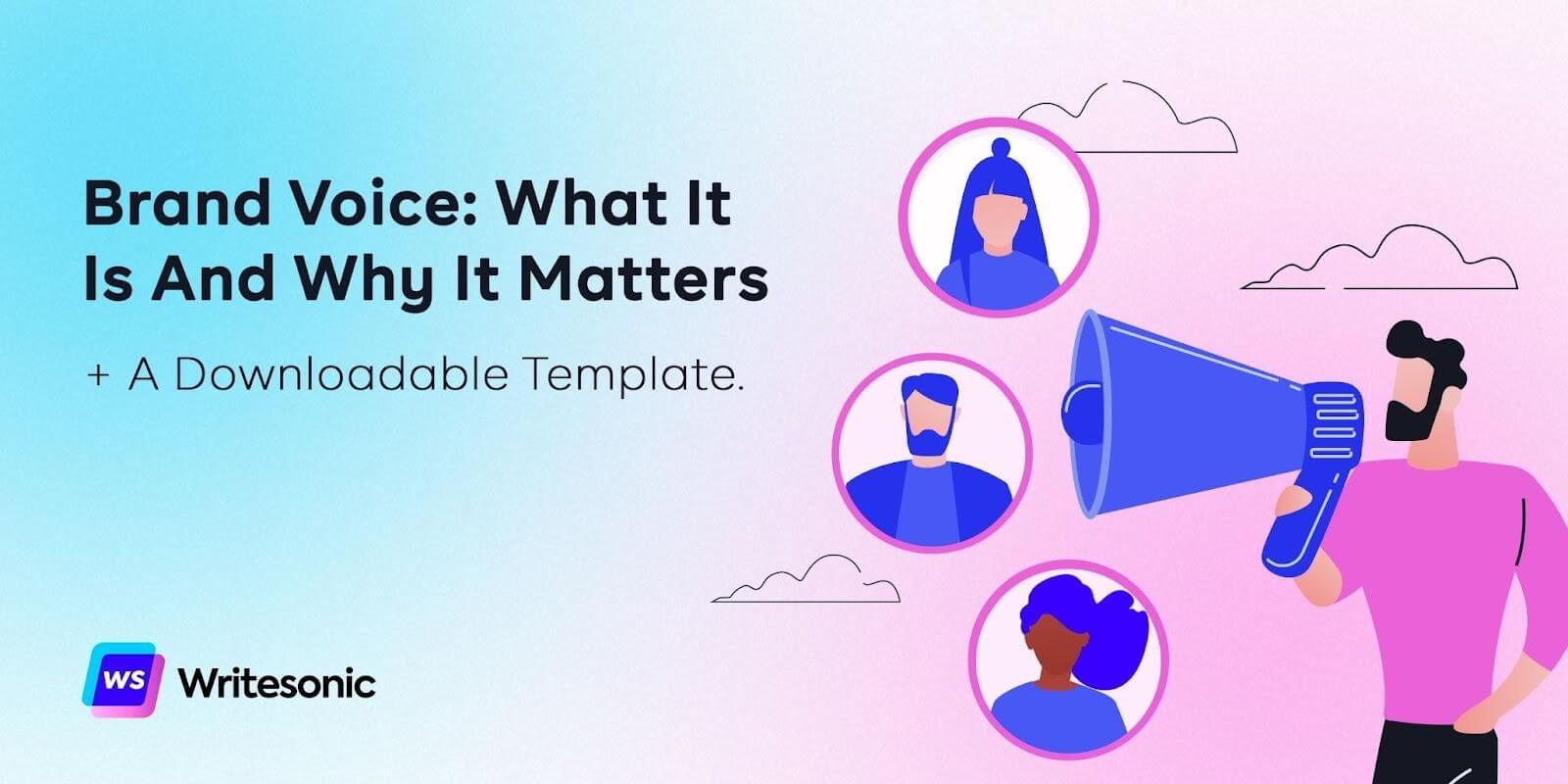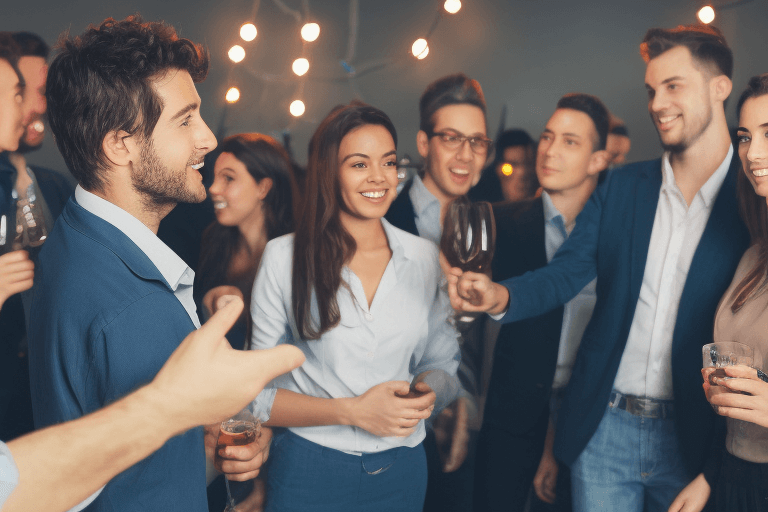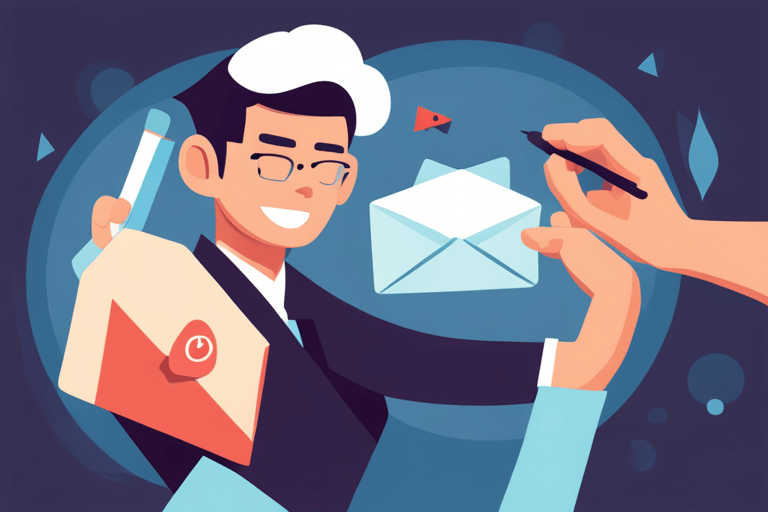73% of people admit to skimming blog posts, while only 27% consume them thoroughly. This is why blog outlines are essential: they help break down complex topics into easily digestible sections.
As a writer, you know that outlining your blog is essential to creating a well-organized and coherent piece of content. Without a clear plan, organizing your thoughts and ideas effectively can be difficult, leading to disjointed and confusing content.
This is why a blog outline serves as a roadmap on how to write a blog. By creating an outline, you can structure your thoughts and ideas into a logical flow of information, making it easier to write your blog.
Outlines also help you stay focused and on track, preventing you from being sidetracked or overwhelmed by the task.
To help you create the perfect blog outline, we’ve put together a blog post for the steps you need to take to create a compelling and engaging narrative for your blog. With our tips and tricks, you’ll be able to structure your blog to capture your reader’s attention and keep them engaged from start to finish. Let’s get started!
What is a blog outline?
A blog outline is a document where you create a skeletal roadmap for your blog. It helps structure the flow of the blog and the main points you want to include in your content.
As a writer, you might be inclined to write as inspiration guides you. However, this can also lead to a confused piece of content that might not have a good flow, so when a reader tries to read your blog, they are bound to feel confused and stop reading.
Therefore, a blog outline ensures your inspiration follows the right flow and that your words are as impactful as possible with a good structure.
Primary elements to understand before creating your blog outline
Before you create your blog’s outline, it is important to understand the thought process that will drive the creation process. Here are the two elements:
1. Understand your blog’s objective
Before you begin typing away at your keyboard, it’s pivotal to grasp the objectives of your blog post. This clarity propels your writing in a purposeful direction that resonates with your readers, addressing their needs and sparking their interest.
Here’s how you can align your blog post with its intended goals:
Attract New Audiences: Offer valuable, engaging content to expand reach and visibility.
Serve Your Existing Community: Provide relevant, insightful information to foster loyalty and engagement.
Earn Influencers’ Amplification: Create content to leverage influencers’ reach and influence for greater exposure.
Answer Specific Questions or Contribute to Conversations: Position the author as an authority by providing valuable insights and solutions.
Promote Products/Services: Drive interest and engagement with promoted products or services.
Convince Readers of a New Perspective: Stimulate critical thinking and open dialogue by providing alternative viewpoints.
Share News or Create Awareness: Keep the audience informed and engaged with relevant updates.
Establish Credibility or Become an Influencer: Build trust and recognition within the target audience by consistently delivering high-quality content.
Set Clear, Measurable Goals:
Email Subscribers and Search Engine Rankings: Aim for a specific number of email subscribers and high search engine rankings.
Unique Visitors or Social Media Followers: Define website traffic and engagement targets.
Implement Realistic and Achievable Targets: Set challenging yet attainable goals for continuous improvement.
Define Your Target Audience’s Wants, Needs, and Desires: Tailor your content to address their needs and provide valuable insights.
2. Choose your core message
Creating a successful blog requires a strong message that resonates with your audience. This message should inform every piece of content you create, ensuring it provides value. Here are some ways to define the message:
Define Your Core Message: Start with a clear, concise statement that encapsulates what your blog offers and who it benefits, attracting and guiding your readers.
Expand and Support Your Message: Highlight your blog’s key benefits and support them with tangible examples, compelling stories, or relevant statistics.
Ensure Consistency: Keep your core message simple, memorable, and free of fleeting trends to build trust and loyalty.
Value Proposition: Understand what makes your blog stand out and emphasize this unique selling point to give readers a compelling reason to choose your blog over others.
How to write a blog outline in 8 steps
Creating a detailed, well-structured outline need not be an intimidating task. Here are practical steps to help you create an effective blog post outline:
1. Choose the right blog post format
Selecting the ideal format for your blog post is akin to choosing the right outfit for an occasion—it should fit the theme, appeal to the audience, and serve the purpose. Here’s how to match your content with the perfect blog post structure.
Go through the top 10 posts that rank for the keyword that you are targeting, and understand the common theme.
Is it a listicle or a how-to guide? Are the top-ranking articles addressed with more direct examples and case studies or provide a step-by-step walkthrough of a topic?
Answering such questions will help you understand the kind of content your readers are looking for and, thus, what the search engines are looking for. Here are some blog types:
Lists and how-to guides:
Blog listicles like “Top 10 Tips” make information digestible and shareable, perfect for driving traffic and encouraging shares. How-to guides establish you as a thought leader, offering valuable industry knowledge to solve user problems, thereby increasing leads.
Example: https://writesonic.com/blog/free-seo-tools/
Checklists and infographics:
Checklists serve as a practical step-by-step guide for your audience, while Cheat Sheets offer quick reference points. Infographics blend information with entertainment, making complex data easily understandable and shareable.
Example: https://writesonic.com/blog/how-to-write-blog-post/
Profiles and personal stories:
Profiles spotlight influencers or experts, adding a layer of credibility through interviews. Personal Stories forge an emotional connection, sharing experiences that educate and resonate personally.
Example: Go through the top 10 posts that rank for the keyword “social media captions” and understand the common themes. Are they listicles or how-to guides? Answering such questions will help you tailor your content to meet reader expectations and search engine criteria.
By the looks of it, listicles are the most prominent types of posts.
Leveraging content for authority and engagement
You can also use the opportunity to add content that enhances your brand’s authority by using certain types of content.
Case studies and data studies:
Case Studies present real-world applications valuable to your niche, ideal for demonstrating success and converting leads. Data Studies use visuals to narrate a story, potentially earning backlinks from other companies, which can help promote the piece.
Content hubs and expanded definitions:
Content Hubs interlink related pieces on a topic, reinforcing your site’s structure and establishing topical authority. Expanded Definition Posts delve deep into the ‘what’ before exploring the ‘how,’ providing comprehensive insight into a subject before presenting actionable steps.
Example: You can create content that showcases real-world applications of effective social media captions through case studies. Additionally, expanded definition posts can offer comprehensive insights into the nuances of crafting impactful captions.
2. Research and gather information
Starting the research phase of your blog post is similar to laying the foundations of a house. It is crucial to create a strong and reliable narrative. The following are ways to collect and arrange information that will support your blog outline with accuracy and credibility:
Create a brain dump document
Aim to compile all your research into a single document. This could include
Facts and Statistics. Use sources like Statista, Deloitte, or other well-known studies for up-to-date and credible data.
Case Studies: Look for real-world examples to add depth to your arguments.
Expert Opinions: Cite industry leaders or relevant studies from trusted sources like McKinsey or Gartner.
SEO and E-A-T: Remember that Google values Expertise, Authoritativeness, and Trustworthiness, especially in YMYL niches. Your research should reflect these by being thorough and credible.
Competitive Analysis: Examine high-ranking blog posts on similar topics. Identify what they cover and how you can offer something more comprehensive or present a unique angle.
Conducting effective keyword research
Search Intent Understanding: Begin by exploring the keywords that align with your topic. Tools like Google Keyword Planner or SEMrush can help you decipher search intent and gauge competition.
Keyword Integration: As you outline each section of your blog post, strategically incorporate keywords such as ‘blog,’ ‘writing a blog post,’ and ‘outline of content’ to ensure SEO optimization without compromising the natural flow of information.
Example: Compile data on the effectiveness of different types of social media captions, such as those with emojis, questions, or storytelling elements. Use this data to support your blog outline and provide valuable insights to your readers.
How AI can help:
Use Chatsonic to research for more information. If you think information is relevant to your blog outline, ask Chatsonic about it. You can add these relevant sections to your research document.
💡
Use advanced AI tools to extend your research depth for the blog outline. Here are 6 ChatGPT alternatives for research.
3. Brainstorming key points
Once you’ve established the foundation of your blog post by understanding its objectives and honing in on your core message, it’s time to brainstorm the key points that will form the backbone of your content. This process is where creativity meets strategy, allowing you to map out the journey your readers will take. Here are some effective methods to generate and organize those pivotal ideas:
Individual brainstorming techniques:
Mind Mapping: Create a visual mind map that branches out from your central topic into subtopics. This method is excellent for visual thinkers and helps to structure your thoughts coherently.
Starbursting: Develop questions around your topic using the “who,” “what,” “when,” “where,” and “why” framework. Answering these questions can reveal new angles and insights for your blog post.
Internet Browsing and Google Predictive Searches: Let the web be your muse. Explore related content and note how Google auto-completes searches related to your topic, which can indicate popular queries and concerns.
Example: Consider brainstorming unique perspectives on the impact of social media captions on brand engagement or exploring innovative caption strategies used by industry leaders.
4. Defining your unique angle for the blog
Your angle sets your content apart and gives you an edge in the search engine rankings. It could be based on personal experience, expert insights, data analysis, or a contrarian view supported by evidence.
To define your unique angle, consider what perspective you can offer that’s different from existing content on the same topic. How can you provide valuable insights or a fresh take? Your angle should resonate with your audience and make them eager to read your post.
How AI can help:
Chatsonic can also help you with this. Ask away, and you will be answered. For example, I asked Chatsonic what some unique perspectives for a blog could be, and here is the result.
💡
Using AI in content creation can help you brainstorm ideas and unique POVs for your blog.
5. Organizing Your Ideas
After brainstorming, organize ideas into a coherent structure for your blog post. Here’s a methodical approach:
Headings and subheadings: Create a logical flow
Start with Headings: Write the headings before beginning the blog post. This will help you break down the content into main sections, ensuring each part addresses a specific aspect of your topic.
Use Subheadings for Clarity: Employ subheadings to divide the content further under each heading. This makes your post easier to scan and digest, enhancing the user experience and keeping your readers engaged.
Logical Progression: Arrange your headings and subheadings, starting with the most pertinent information, following a sequence that naturally leads the reader through your argument or story.
6. Diving deep into each section
For each section, list the main points and supporting information. Include examples, quotes, or data that add depth and relevance.
As you dive deeper into each section, expand on your outlined main points. Consider what evidence or examples you can provide to support your arguments. Be sure to maintain a logical flow from one point to the next, ensuring your readers can easily follow your thoughts.
💡
Use generative AI tools like Chatsonic that can help you identify the latest data to include in your blog!
7. Developing Headline Ideas
Writing a headline that captures attention and compels clicks can dramatically influence the success of your blog post. Here are strategies to develop headline ideas that will draw readers in:
Utilize Numbers and Trigger Words
- Incorporate Numerals: Headlines with numbers, particularly odd numbers, are eye-catching and promise quick, easy-to-read content. Example: “7 Proven Strategies to Improve Your Blog Outline.”
- Action Words: Use powerful verbs to convey immediacy and action. Words like “Discover,” “Transform,” and “Master” can be very effective.
- Promise Value: Clearly state the benefit of reading your post. Phrases like “Tips to,” “Ways to,” and “Strategies for” set clear expectations.
Apply the “4 U’s” of Headline Writing
- Uniqueness: Stand out from the crowd with a headline that offers something no one else does. “The Untold Secret of Crafting the Perfect Blog Outline.”
- Ultra-specificity: Be as precise as possible to target your reader’s interest. “The 5-Step Blog Outline Process for Tech Enthusiasts.”
- Urgency: Create a sense of time sensitivity to encourage immediate reading. “Don’t Miss Out: Create Your Blog Outline in Under 1 Hour!”
- Usefulness: Ensure your headline addresses a specific problem or need. “How to Craft a Blog Outline That Boosts Traffic by 50%.”
Test and Optimize Your Headlines
- A/B Testing: Experiment with different headlines for the same content to see which performs better regarding engagement and clicks.
- SEO Tools: Use headline analyzer tools to assess SEO friendliness and readability, adjusting your headline to hit the sweet spot.
- Feedback Loop: Monitor metrics like social shares, comments, and inbound links to gauge the effectiveness of your headlines. Remember, your headline is the first impression—make it count. It’s worth investing time to refine and perfect this crucial element of your blog post.
Example: Craft headlines like “5 Proven Strategies for Crafting Irresistible Social Media Captions” or “Discover the Secrets to Boosting Engagement with Killer Captions.”
How AI can help:
To help you nail the right headline, use Chatsonic as a brainstorming tool. Here is an example:
8. Polishing your introduction and conclusion
Write an engaging introduction to hook your readers and a conclusion that summarizes key points and leaves a lasting impression.
Your introduction is your chance to grab your readers’ attention and set the stage for what’s to come. Make it intriguing and relevant to your topic. In the conclusion, reiterate your main points and leave your readers with a clear takeaway or a call to action. Ensure that your introduction and conclusion align with your blog post’s overall tone and message.
💡
Use a paraphrasing tool to help you improve your writing wherever required!
How AI can help:
Like all other tasks, you can ask Chatsonic to create these sections. You can also converse with it to iterate the content further.
9. Embrace collaboration and feedback
Share your outline with your team, editor, or client. Their input can be invaluable in shaping your content effectively.
Collaboration is key to creating high-quality content. Once your outline is ready, seek feedback from others who can provide fresh perspectives and help edit the blog outline if necessary. They may spot areas for improvement, suggest valuable additions, or help you refine your content to make it even more engaging and informative.
💡
If you are looking for ways to improve your content, then we have compiled a list of 25 free AI content generators for you to ace your content game!
Create a blog outline using Chatsonic
While you must conduct the research and understand how to write a blog, a little help is never harmful! Generative AI tools can help you create a blog post outline; you can use them as a starting point to build your content. To do this well, Chatsonic can be your content partner when writing a blog outline.
Here is an example of an outline created using the tool Chatsonic. You must add a detailed prompt, and Chatsonic will create an outline for you.
Here is an example of the outline produced by Chatsonic.
💡
Try creating your own blog outline with Chatsonic for free!
An AI Blog Post Template for You!
We at Writesonic want to make your writing journey as easy and productive as possible. That’s why we have created several AI templates. Our blog outline template can help you create a complete outline with a few simple steps.
- Navigate to the Blog Outline Template on the app
2. Enter the title and keywords for the blog
3. You will immediately see an outline for you to create the blog
There you have it! You can edit this outline further based on your research.
Common challenges while creating a blog post outline
The process of crafting a compelling blog post outline often comes with its own unique set of hurdles. Let’s explore these common stumbling blocks and offer practical advice on addressing them:
1. Overthinking
Overthinking can paralyze your creativity. Instead, trust your initial ideas and leverage your outline as a dynamic tool to propel your writing forward. Remember, it’s easier to edit and refine a draft than to stare at a blank page.
2. Lack of clarity
A lack of clarity can lead to a disorganized and unfocused outline. Invest time in comprehensive research and brainstorming to crystallize your ideas if your chosen topic feels vague or confusing. Clarify your objectives and the key message you want to convey.
3. Procrastination
Procrastination is a persistent challenge for many writers. Set clear goals and deadlines for each stage of your outline creation to overcome it. Divide the process into manageable tasks to make it less overwhelming. Consider using productivity techniques like the Pomodoro method to stay on track. You can also use AI writing tools to help you get started with a blog outline and then improve it based on your understanding of the topic.
4. Information overload
In the age of abundant information, it’s easy to get overwhelmed. Prioritize the most relevant and valuable content for your blog post. Focus on information that directly supports your main message, and ruthlessly eliminate anything that could confuse or distract your readers.
5. Perfectionism
The quest for perfection can hinder your progress. Remember that your outline is a dynamic guide, not a finished product. Embrace the iterative nature of the creative process, knowing that you can refine and polish your ideas as you progress. Perfection comes during the editing and revision stages, not during the initial outlining phase.
6. Topic selection
Choosing the right topic is a fundamental challenge. Ensure your topic is interesting to your audience and aligns with your expertise and passion. Conduct keyword research and analyze your competitors to identify gaps and opportunities in your chosen niche.
7. Flow and structure
Crafting an outline that flows seamlessly can be tricky. Start with a clear introduction, followed by well-organized main points, and conclude with a strong ending. Use headings, subheadings, and bullet points to create a structured and visually appealing outline.
8. Audience engagement
Engaging your audience is crucial. Think about how you can add anecdotes, statistics, and relatable examples to your outline. Consider using storytelling techniques to make your blog post more captivating and relatable.
By addressing these common challenges and following the advice provided, you can create a robust and well-structured blog post outline as a solid foundation for your content creation process.
Go ahead and create that perfect blog outline!
Creating a compelling blog outline is not just about structuring your content; it’s about creating a roadmap that guides readers through a meaningful journey. The importance of a meticulously researched and thoughtfully organized post cannot be overstated. The goal is to leave readers informed, engaged, and wanting more, establishing a connection that transcends the bounds of the page.
Your outline is your ally; with it, you can write blogs to generate the right traffic and attract loyal readers. Happy writing!
For those ready to take the next step and elevate their blogging prowess, explore our advanced AI tools and further refine your craft.
Frequently Asked Questions
What is the process for creating an outline for a blog post?
To create a blog post outline, begin by determining a working title. Then, jot down as many key points from the article as possible. Organize these points into larger sections and expand on them where necessary. Review and refine each section, removing or rearranging details as needed. Lastly, include links to examples or data that support your content.
What is the outline of a blog?
The outline of a blog is a roadmap that organizes the main points and subtopics of the content, helping to maintain focus and coherence throughout the writing process.
What is the format of a blog?
The format of a blog typically includes a title, introduction, body with subheadings, and a conclusion. It may also incorporate multimedia elements like images, videos, and links.
What is the structure of a blog?
The structure of a blog generally consists of a catchy title, an engaging introduction, an informative body with subheadings, and a compelling conclusion.
How to write a blog?
To write a blog, identify your audience, choose a relevant topic, conduct research, create an outline, write engaging content with a clear structure, and optimize for SEO.
What is outline format?
An outline format is a hierarchical structure that organizes the main points and subtopics of a piece of writing, providing a clear overview of the content’s organization.
Can you describe the steps involved in writing a blog post from start to finish?
Writing a blog post involves several steps: brainstorming possible topics, conducting keyword research to refine your topic, identifying your target audience, creating a structured outline, writing engaging content, developing an attention-grabbing headline, selecting a blog template, and choosing an appropriate domain name.
What makes a blog post compelling?
To write a compelling blog post, focus on being useful and sharing your unique perspective. Eliminate unnecessary content to keep your post concise. Consider your reader and make your post easy to scan. Spend time crafting effective headlines, write with enthusiasm, and always give your readers a clear next step or action to take.

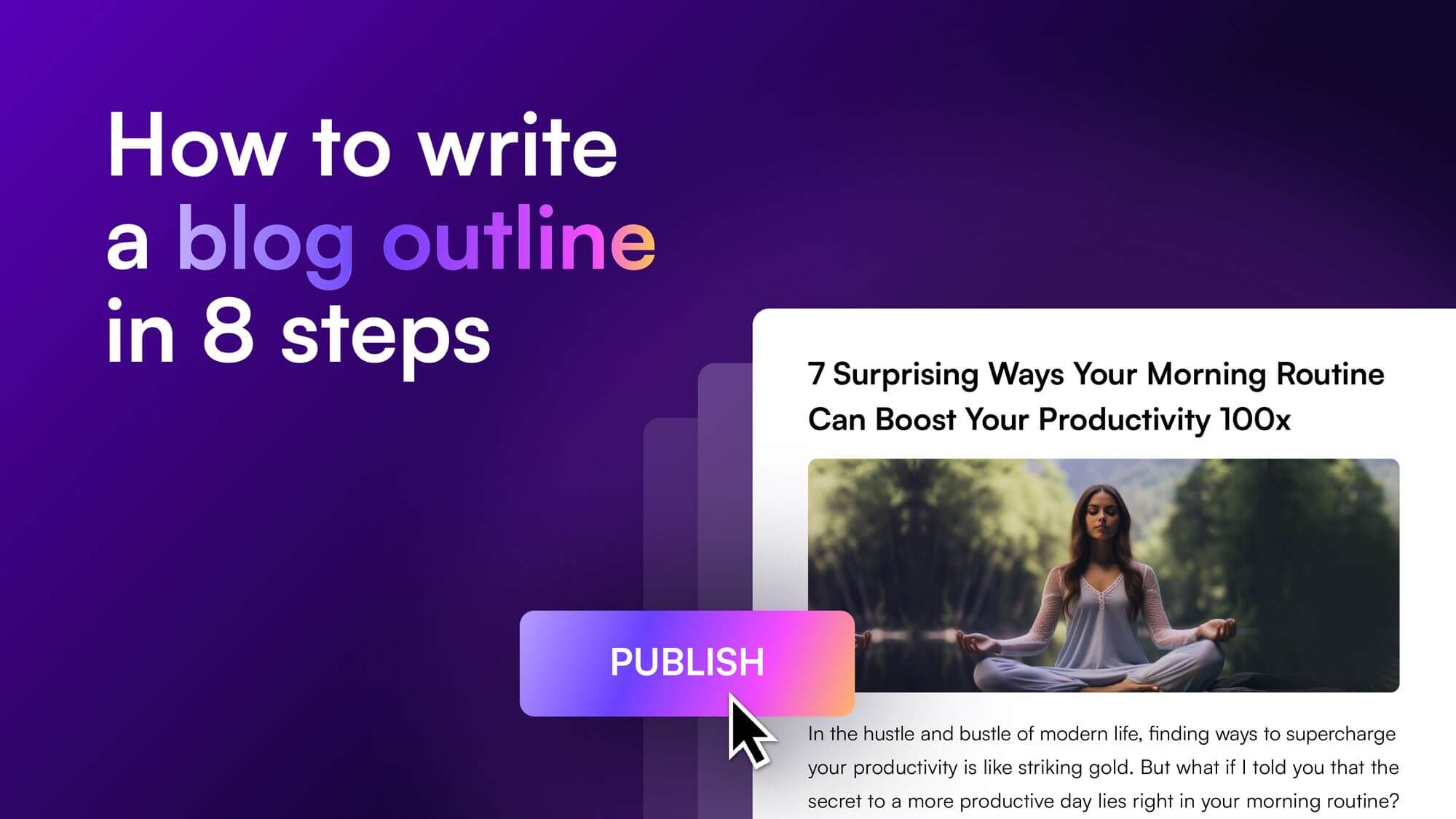

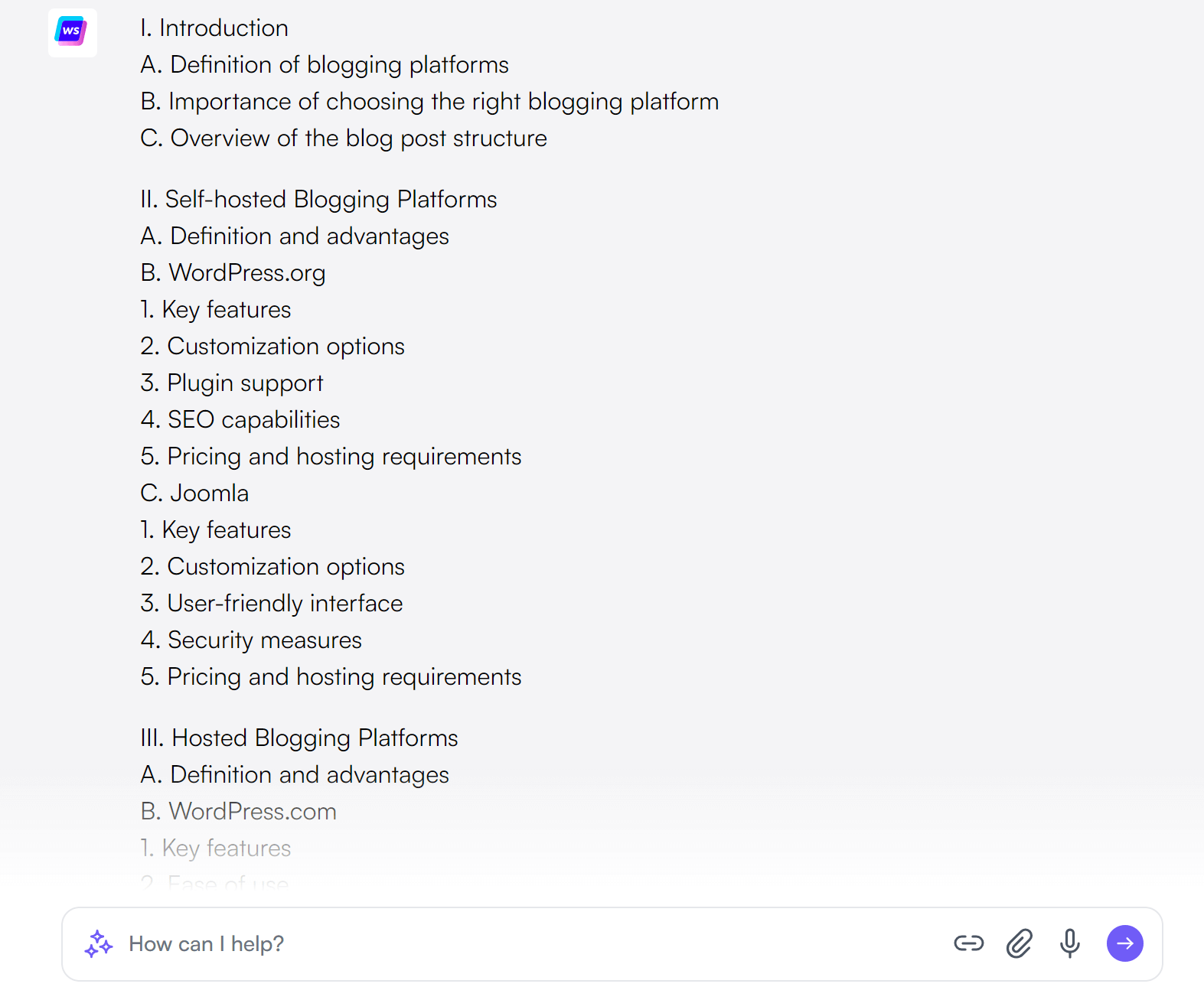









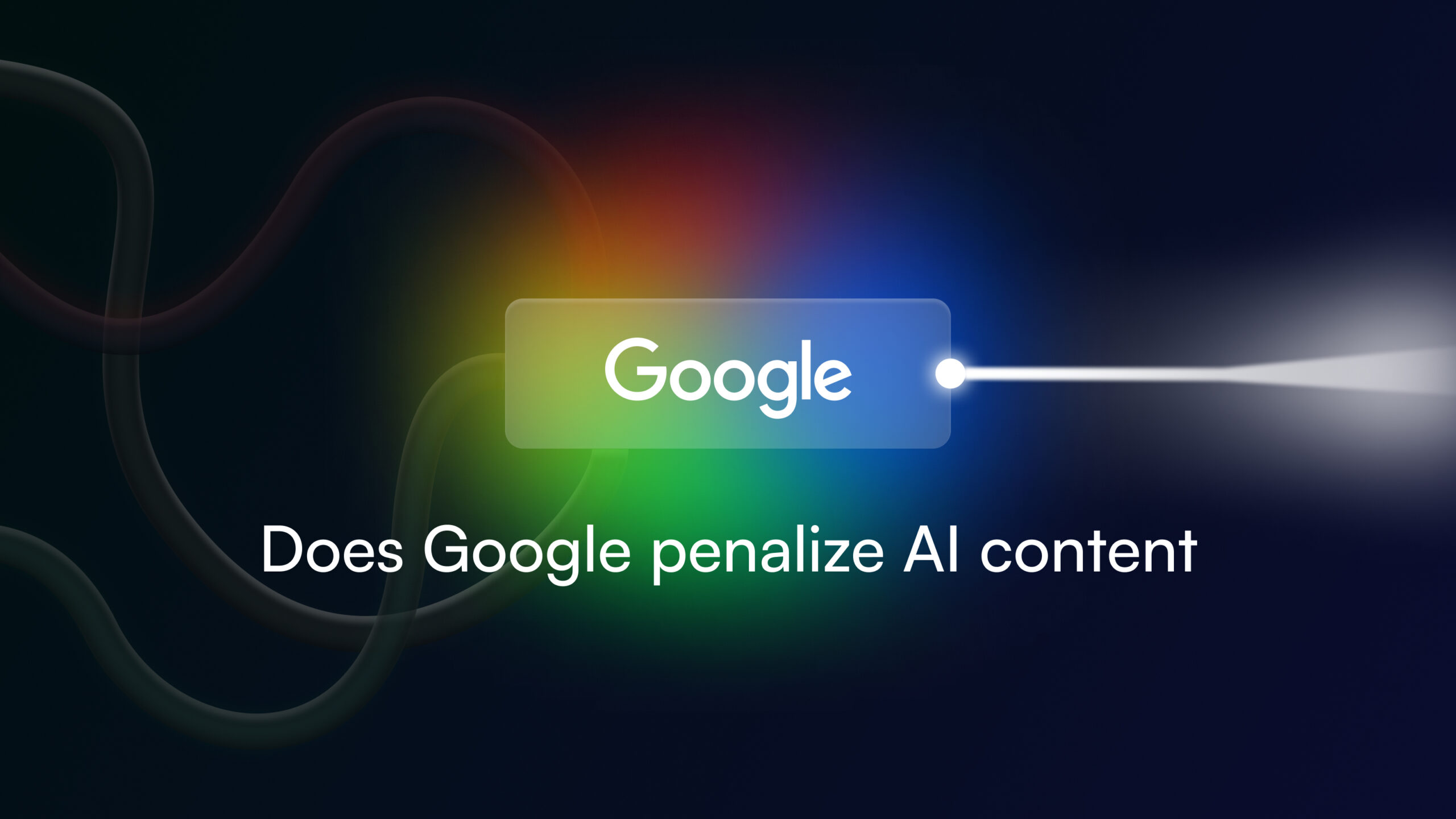

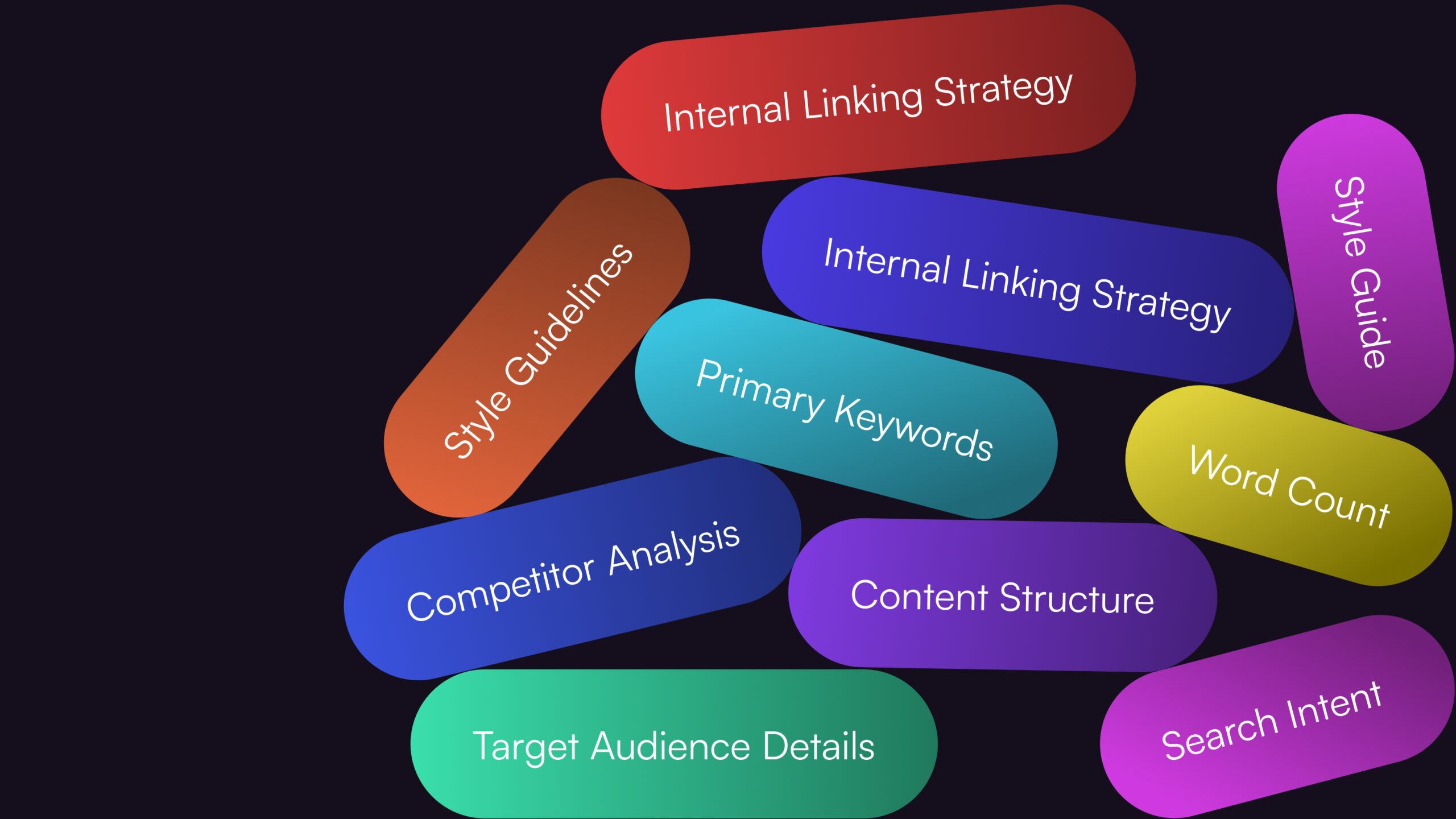

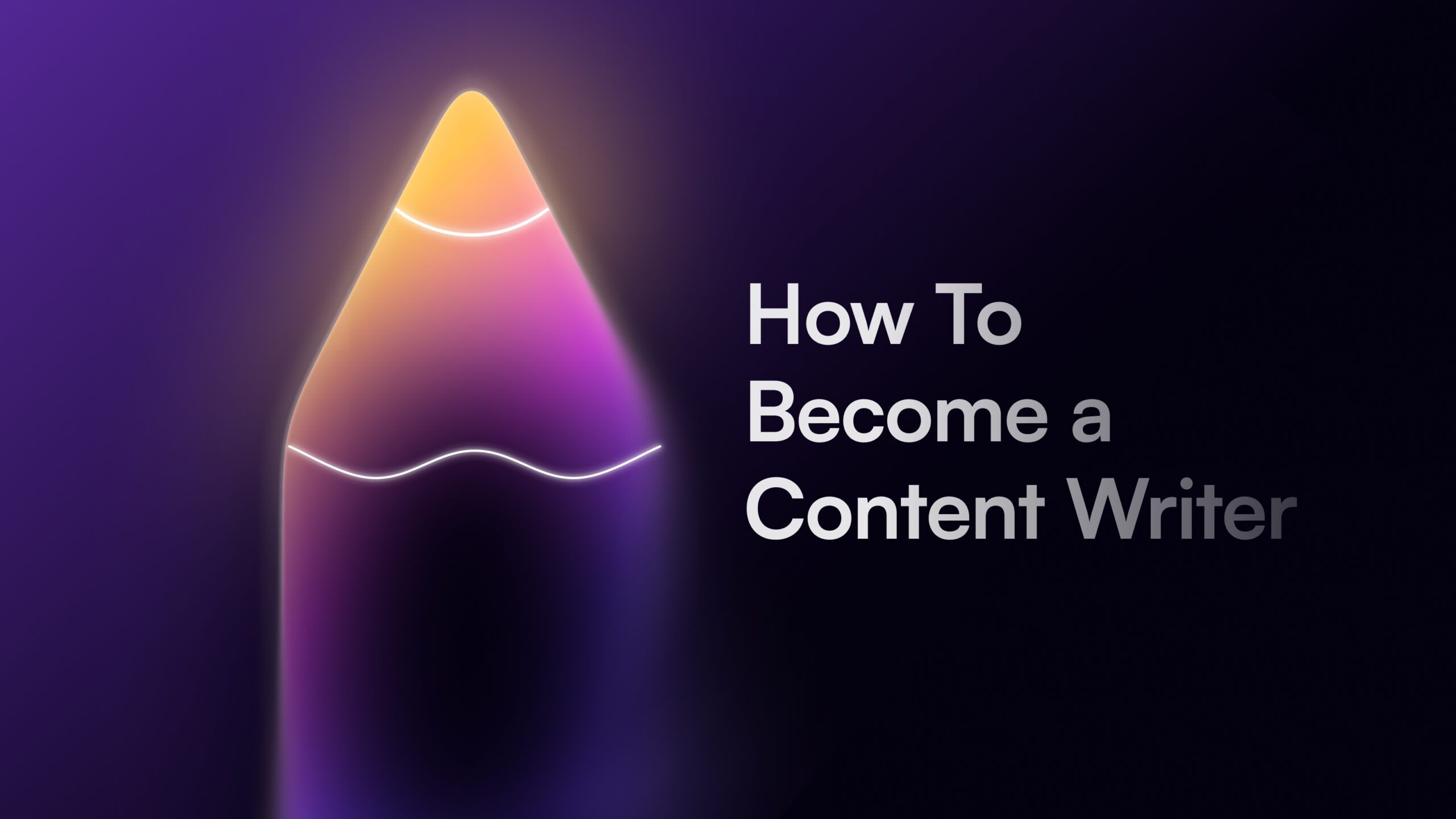


![The 11 Best AI Writing Tools to Try in 2025 [Tried & Tested]](/wp-content/uploads/AI-Writing-tools-For-Business.jpg)

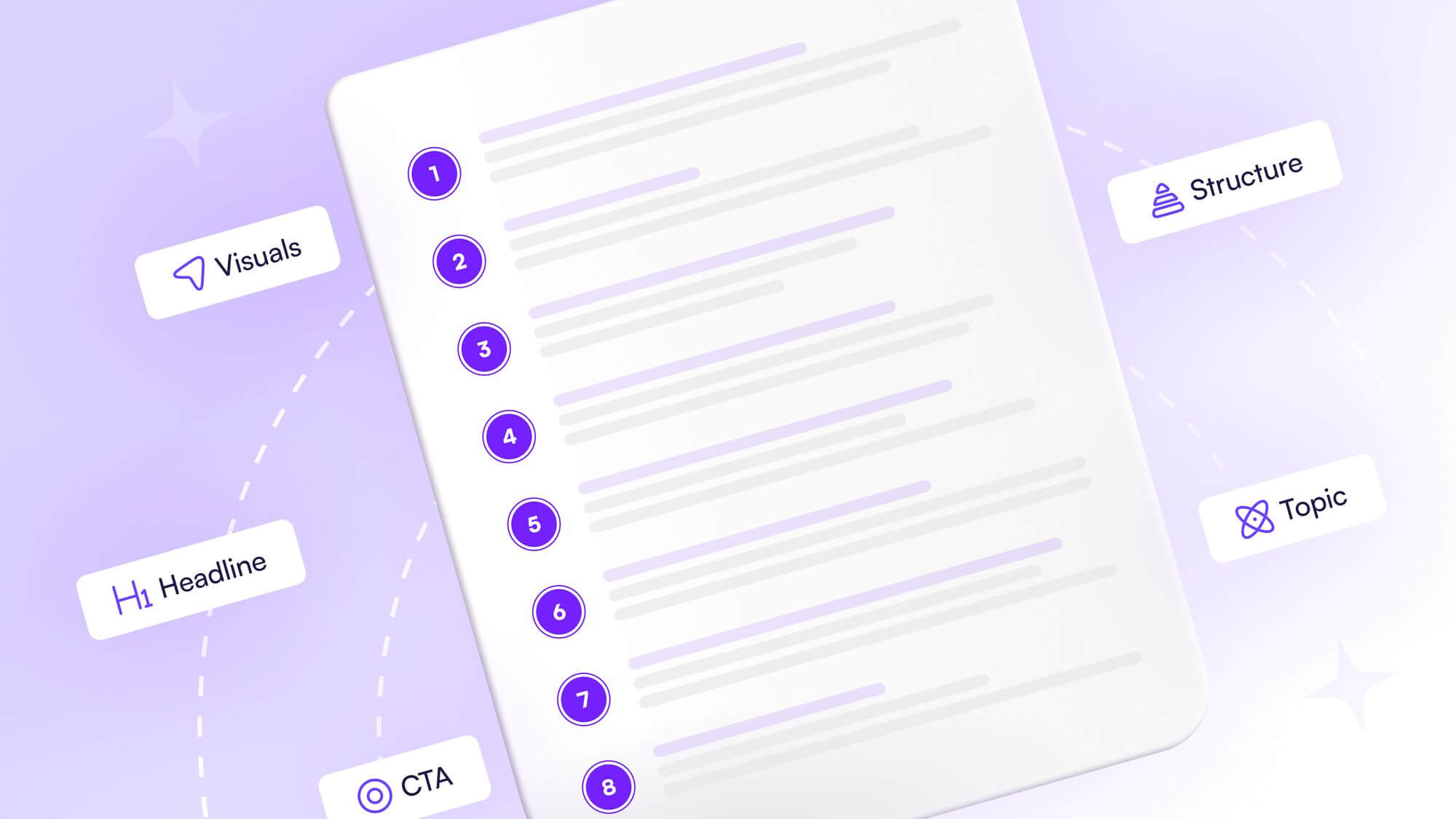
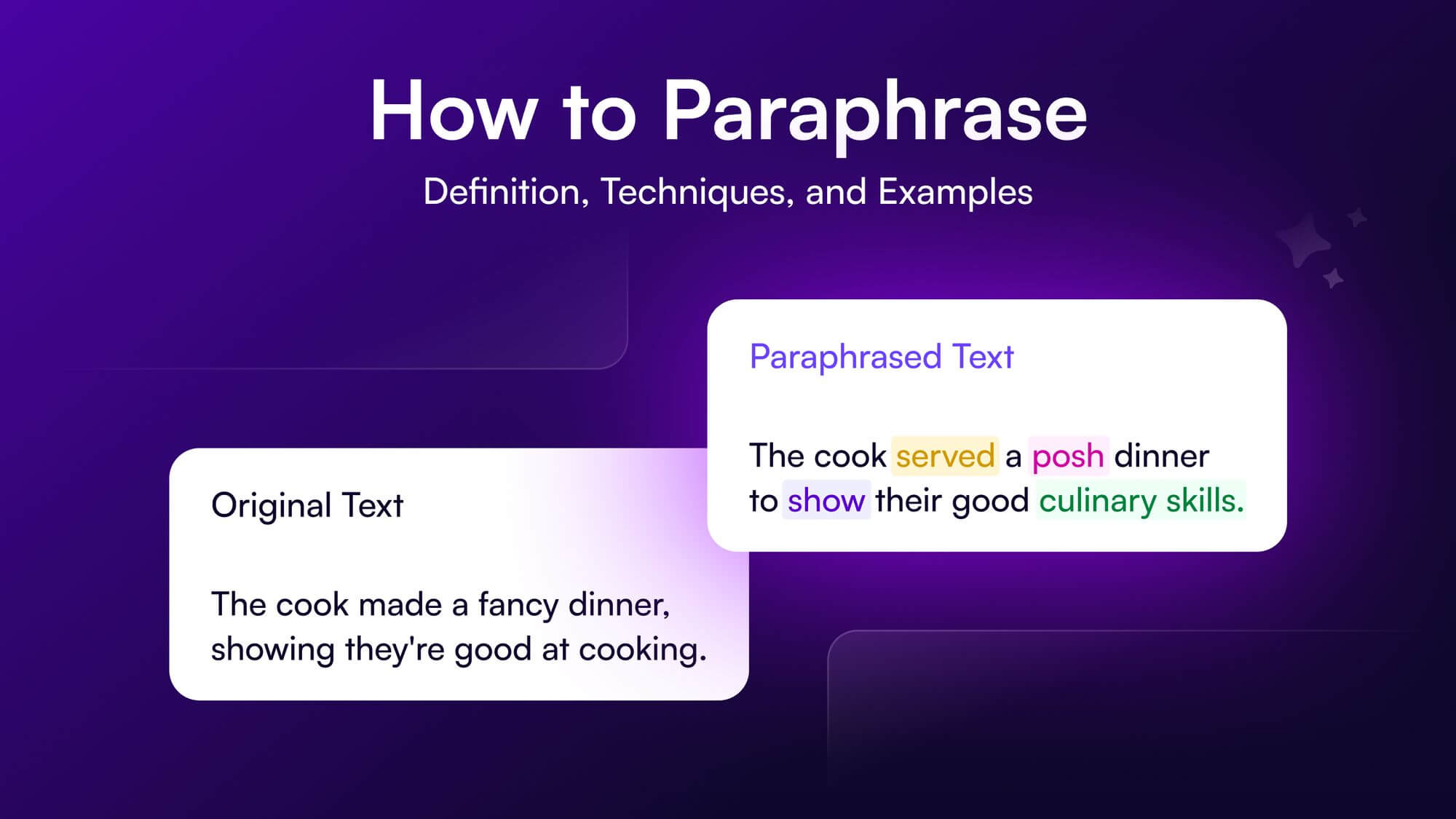
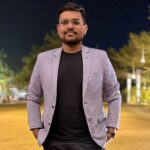
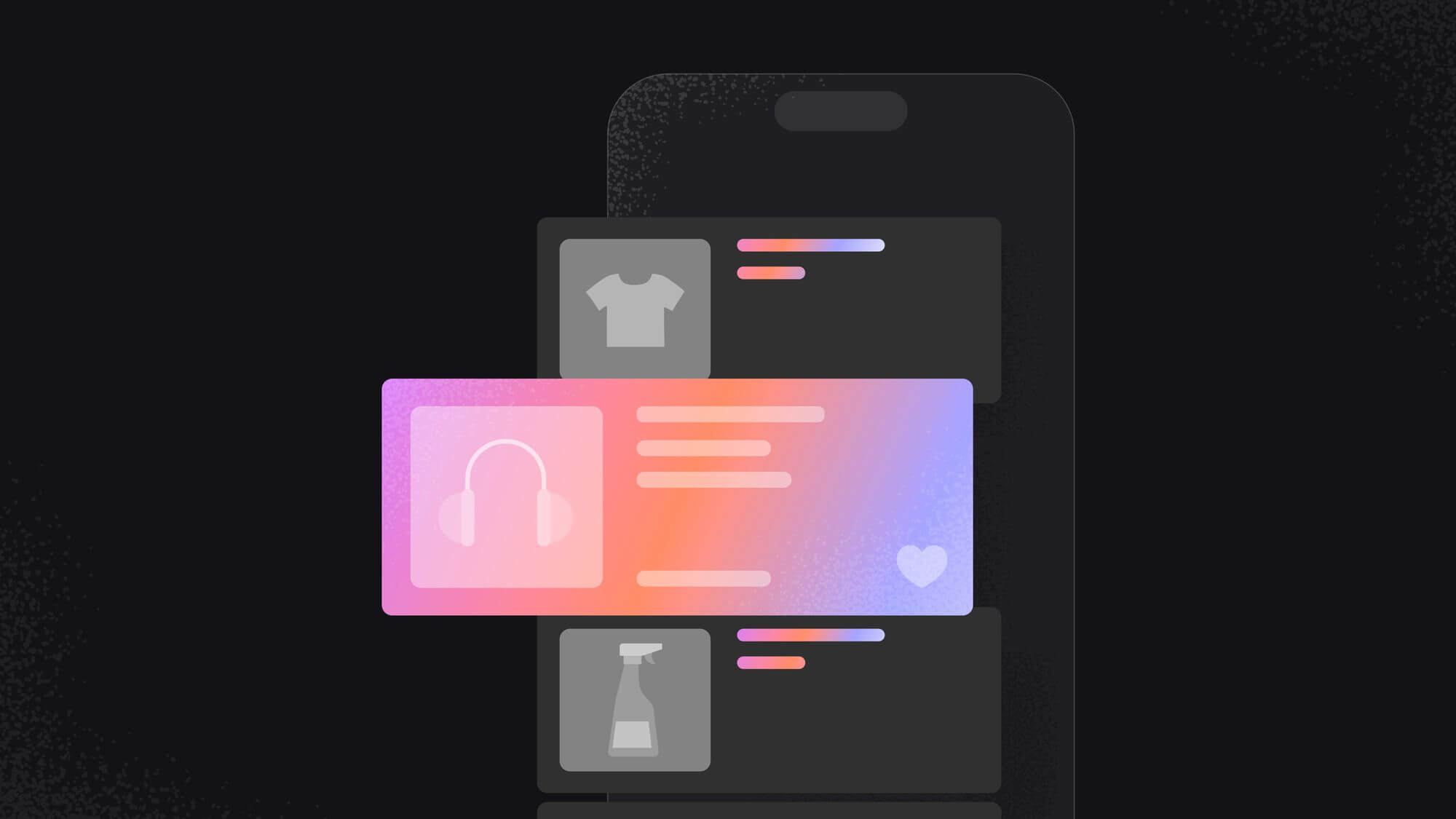


![How to Write a Blog in 2025: A Step-by-Step Guide [+Free Checklist]](/wp-content/uploads/How-to-write-a-blog-Thumbnail.jpg)
